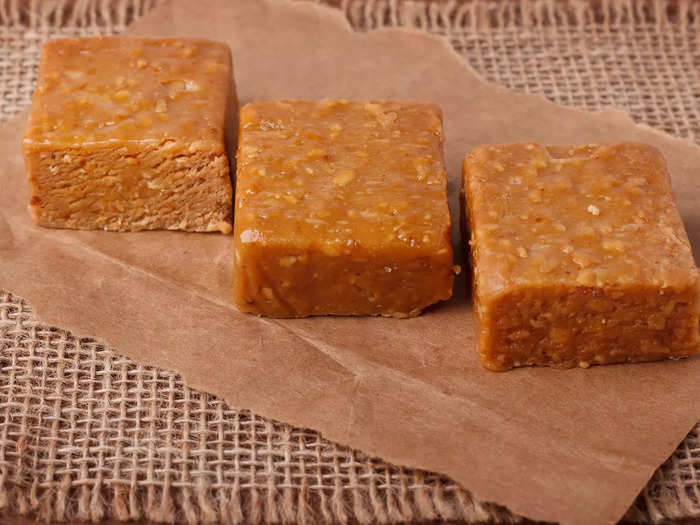What people eat for Easter in 17 countries around the world
Sarah Schmalbruch,Erin McDowell

- Easter meals are different across the world, ranging from sweet desserts to savory soups.
- People in the United Kingdom eat simnel cake to celebrate the end of lent.
People in the United Kingdom eat simnel cake.
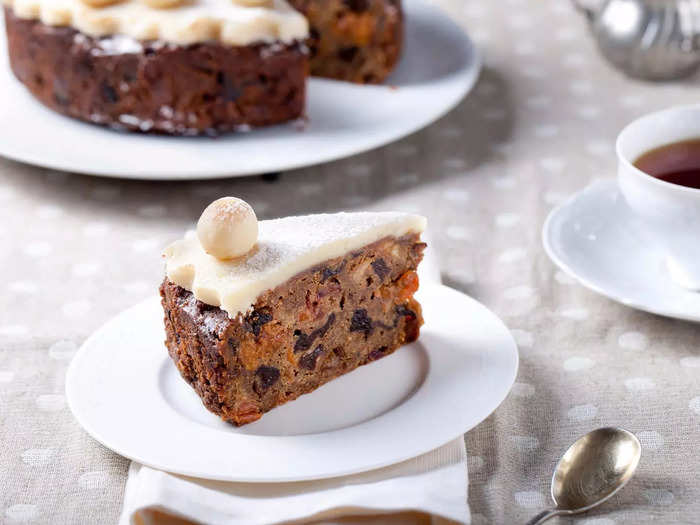
Dating back centuries, simnel cake is a fruit cake that was originally eaten on Sunday during Lent throughout the United Kingdom.
The cake is topped with a layer of toasted marzipan and 11 or 12 marzipan balls, which represent the 12 apostles.
Hot-cross buns are also popular in the UK around Eastertime.
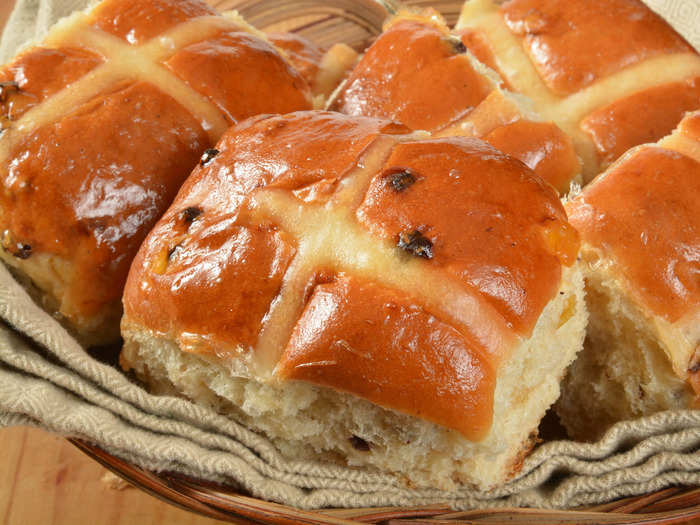
These sweet, spiced buns are traditionally eaten on Good Friday to signify the end of Lent, and they have been an Easter tradition for centuries. Currants or raisins dot the bun, and a glaze is used to make a cross on top, which signifies the crucifixion of Jesus.
In Argentina, people eat a pie-like dish called torta pascualina.
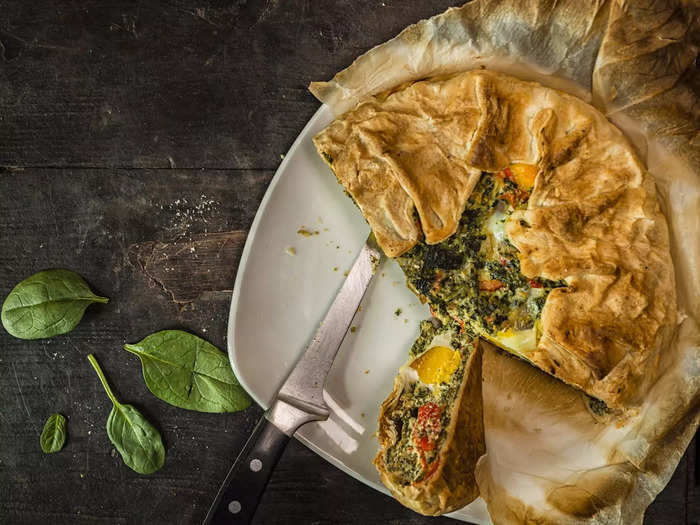
Pascua is Spanish for Easter, so Tarta Pascualina means "Eastertime Tart."
The savory pie is filled with ricotta, hard-boiled eggs, spinach, artichoke, and parsley. Since it is meatless, it's a common dish during Lent, and the many eggs used to make it symbolize the resurrection of Jesus Christ.
In Mexico, capirotada is a traditional dessert served on Good Friday.
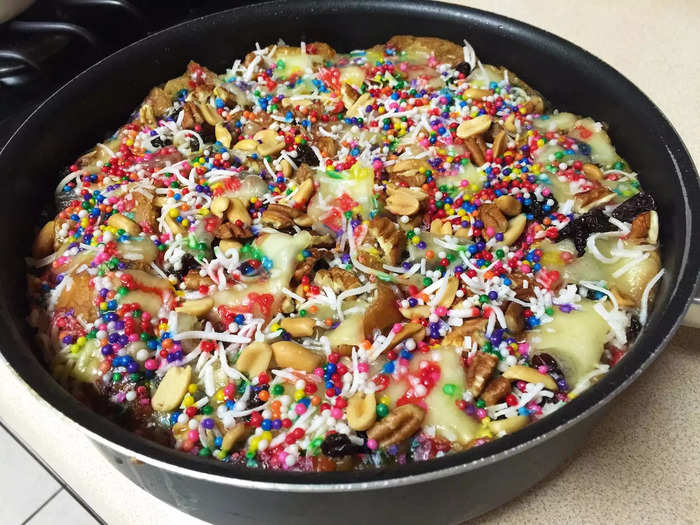
Recipes for capirotada — a bread pudding — vary across the country, but it's usually made from bolillo (a bread similar to a baguette), which has been soaked in mulled syrup made from sugar, cinnamon sticks, and cloves. Nuts, dried fruit, and sprinkles are common toppings.
Capirotada is meant to signify the crucifixion: The cinnamon sticks represent the cross, the cloves represent the nails, and the bread represents Christ's Body.
Leg of lamb is a traditional Easter dish in France.
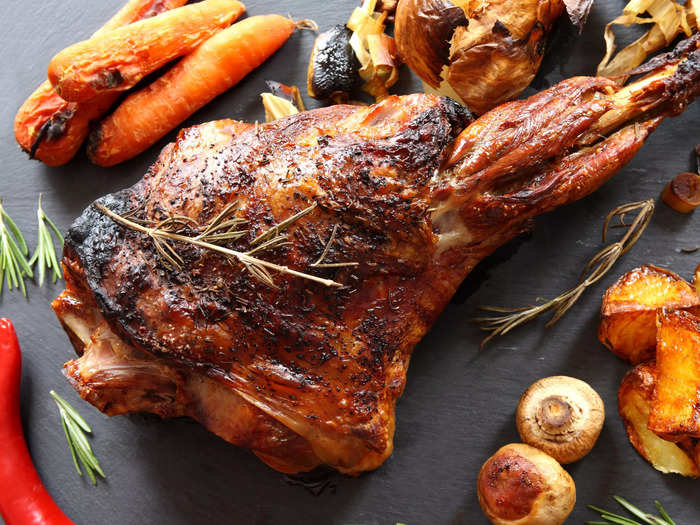
The French have a particular Easter recipe for leg of lamb known as "le gigot d'agneau Pascal."
While the name might seem complicated, the recipe is actually fairly simple. The meat (lamb being known as a sacrificial animal) is seasoned with garlic and herbs, such as rosemary, and then roasted.
The Finnish eat a dessert called mämmi.
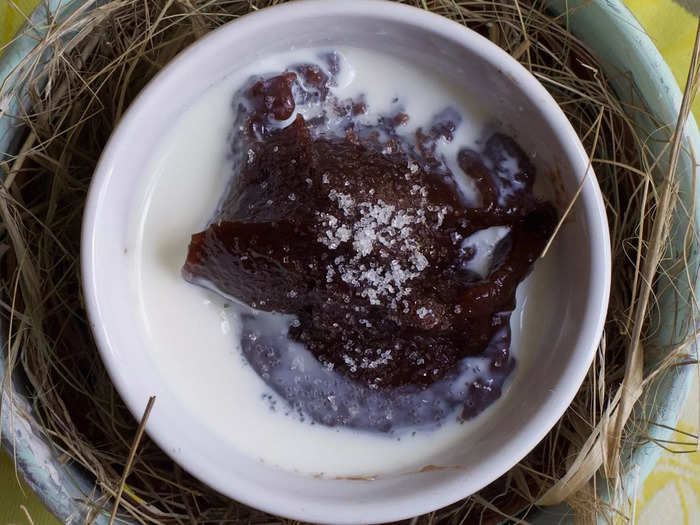
Those making mämmi for Easter need to start the preparation days in advance, as it needs to be stored chilled for three to four days before being served.
The traditional dessert is made from water, molasses, malted rye, rye flour, and Seville orange zest for seasoning. It's usually eaten cold with milk or cream.
White borscht is traditional in Poland.
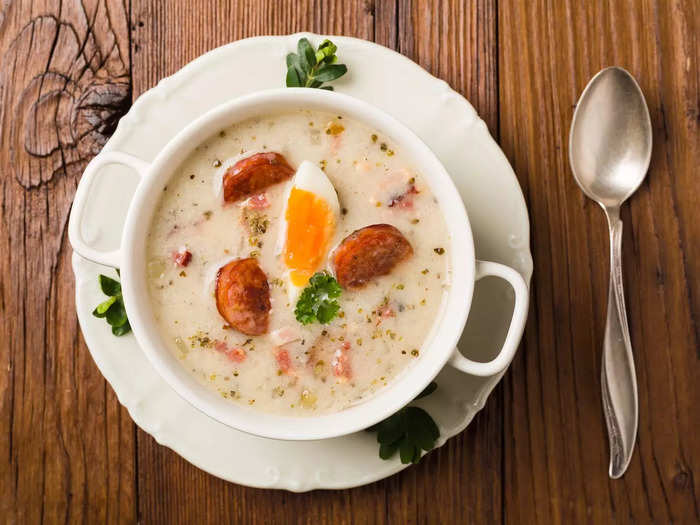
White borscht, also referred to as zurek, isn't exclusively made at Easter, but it's common during the holiday. Made from soured rye flour, sausage, and hard-boiled eggs, the soup is hearty and filling.
Colomba di pasqua is a Eastertime favorite in Italy.
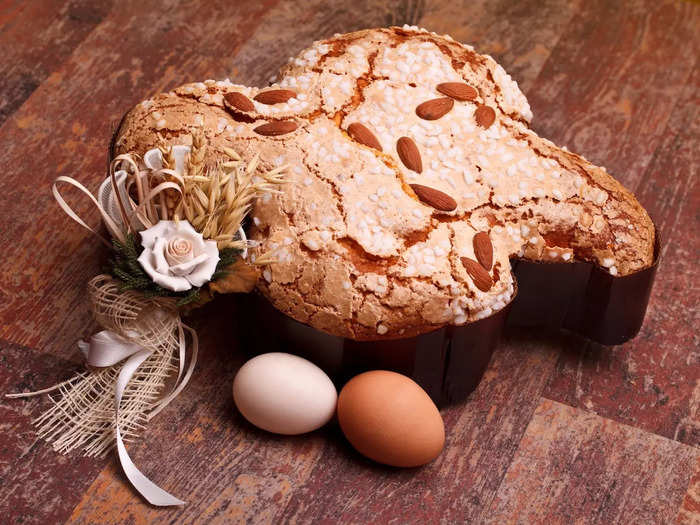
Sweetbreads are common holiday food in Italy. There's panettone at Christmas and colomba di pasqua at Easter. Shaped like a dove, a symbol for peace, colomba di pasqua is stuffed with candied fruit and then sprinkled with almonds and pearl sugar.
Ecuadorians favor fanesca, a hearty soup that consists of a variety of grains and beans as well as bacalao, which is dry salted cod.
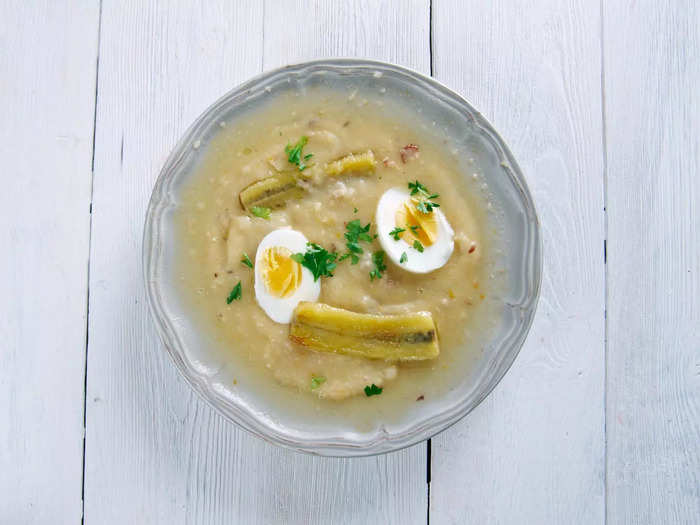
The exact ingredients differ from household to household, but common ones include fava beans, squash, corn, rice, garlic, onions, peas, and milk.
Ideally, 12 different kinds of beans are used to make the soup, representing the 12 apostles. The bacalao symbolizes Jesus.
In Greece, tsoureki is served at dinner.
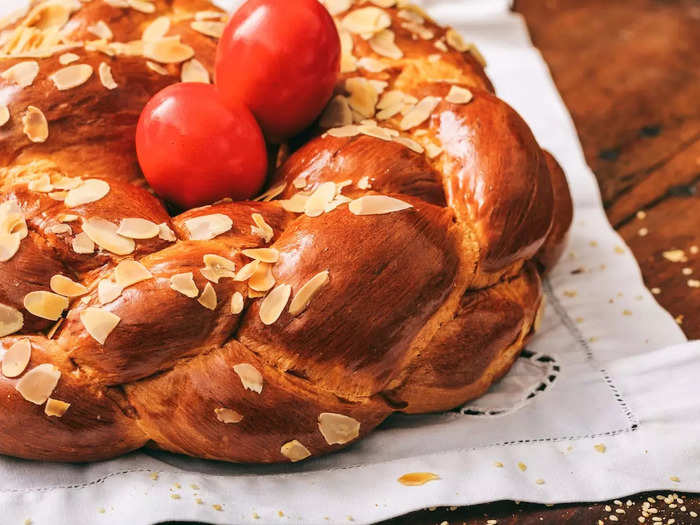
Similar to challah, tsoureki is a braided sweet bread. The three-strand braid symbolizes the Holy Trinity, while the hard-boiled eggs that the bread is commonly served with are meant to symbolize the blood of Christ, which is why they're dyed red.
In Germany, chervil soup is traditionally served on the Thursday before Easter Sunday.
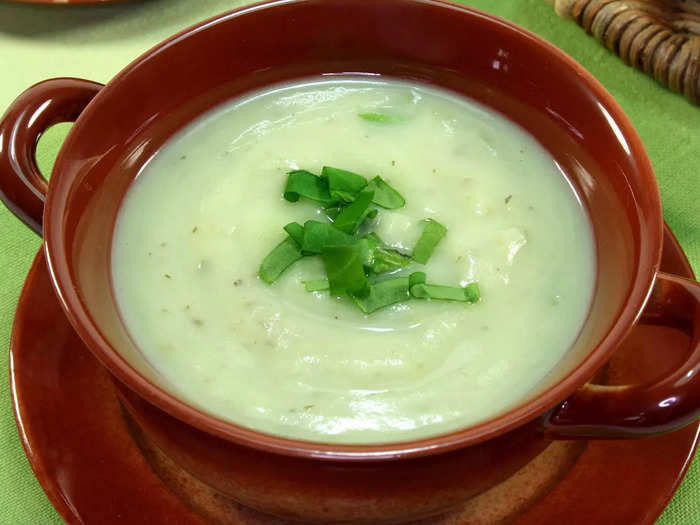
Known as kerbelsuppe in German, chervil soup is made from chervil, a herb related to parsley. The soup is typically eaten on Maundy Thursday (the Thursday before Easter), which is known as Gründonnerstag, or Green Thursday in German, hence the green soup.
People in Spain eat donut-like desserts called rosquillas.
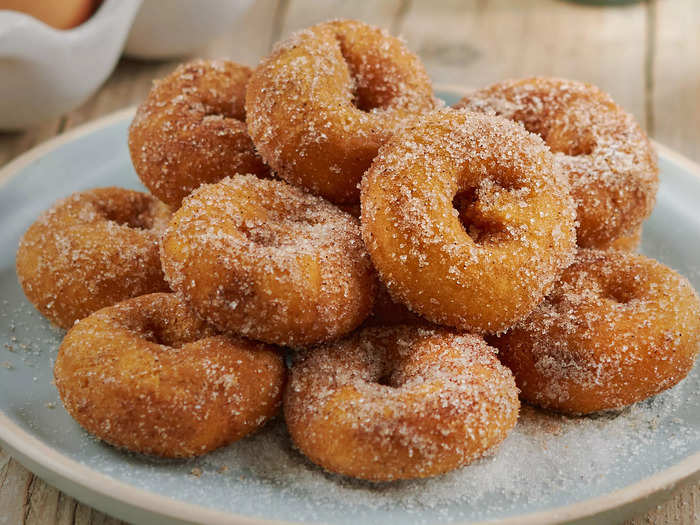
Rosquillas de Semana Santa, or Easter doughnuts, taste more like cake than doughnuts since they're made with fermented flour instead of yeast. How they're served differs across Spain, but a common preparation is a dusting of sugar on top.
Many families in the United States serve baked ham at Easter dinner.
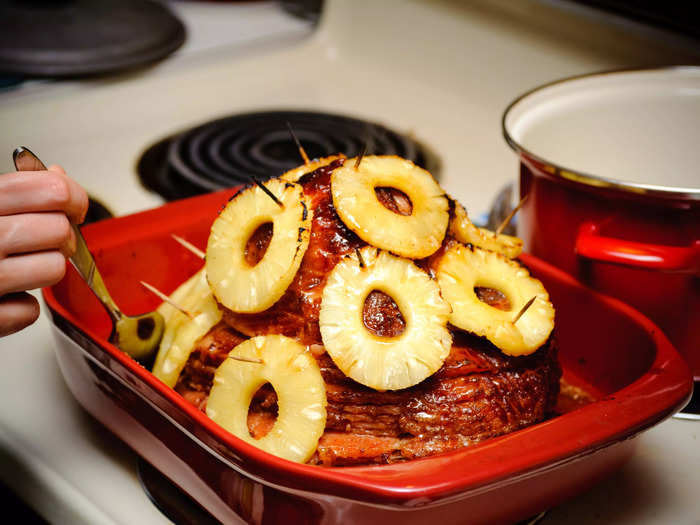
The ham is sweet, thanks to either a glaze made from honey and brown sugar, or from being covered in sliced pineapple.
Before fridges existed, animals were slaughtered in the fall, and their cured meat wasn't ready to eat until Easter, hence the tradition.
People in Slovenia and Croatia eat pinca, a traditional sweet roll or bread.
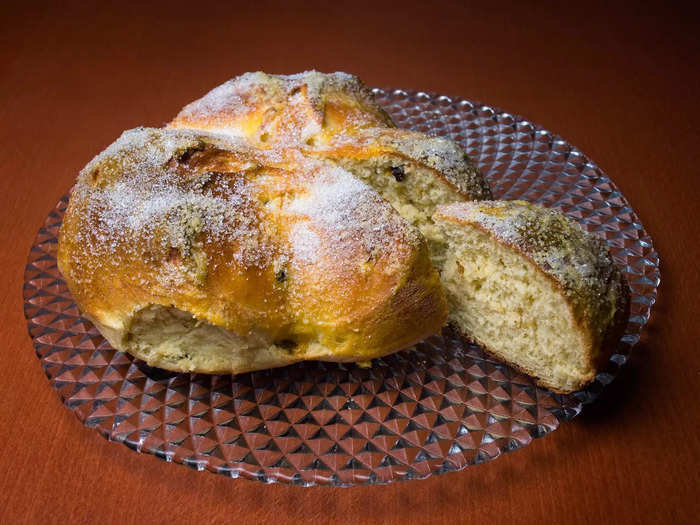
Pinca is a popular Easter treat used to celebrate the end of Lent in many Eastern European countries, like Slovenia and Croatia. Before it's baked, the sign of the cross is carved into the dough at the top of the bread.
Russians eat pashka, a savory dessert that can either be eaten alone or with bread.
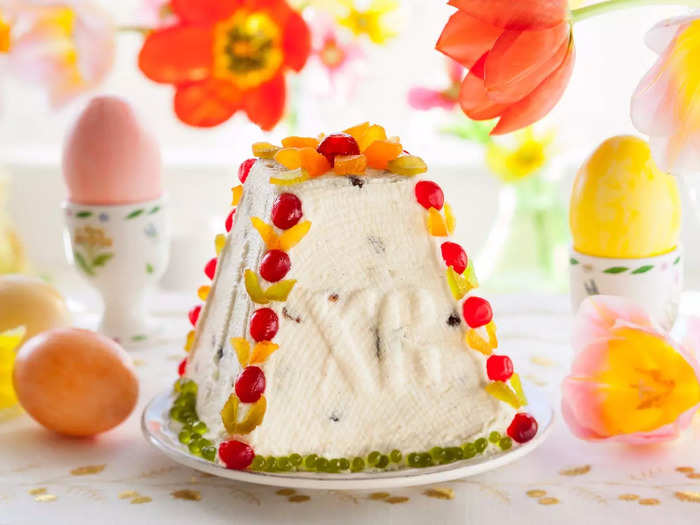
Pashka is made with cottage cheese and cream cheese. The cheese mound is often decorated with dried fruit and the letters XB, which mean "Christ is risen."
Babka wielkanocna is a popular dessert on Easter Sunday in Poland.
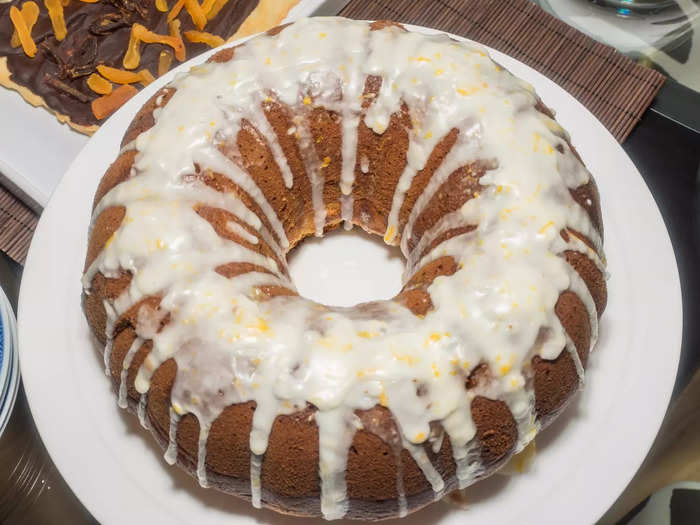
Although babka has become a year-round dessert favorite in many countries, the spongy yeast cake has traditionally been served on Easter Sunday in Poland for years. Typically, the babka is round and covered in a sweet glaze.
People in the Naples region of Italy eat a cross between pizza and pie at Easter.
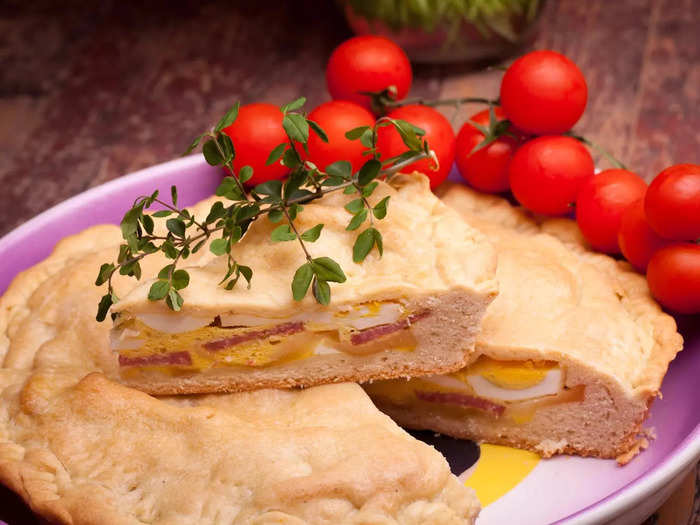
Pizza chiena means filled pizza in the Neapolitan dialect. The Neapolitan specialty is stuffed with a variety of cured meats and cheeses.
READ MORE ARTICLES ON
Popular Right Now
Advertisement
